Filter
Resources
Classroom Resources
Lesson Plan:
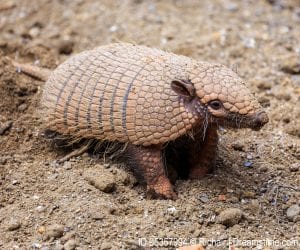
Students discuss the concept of biotic potential and use equations to determine how a family...
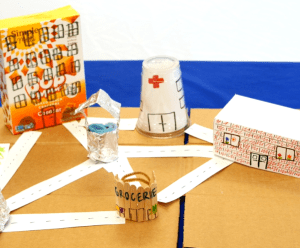
Small groups construct 3-D communities using various amounts of funds and then compare the communities...
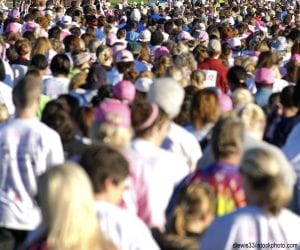
Students experience the changing pace of population growth by simulating the Earth’s population growth over...
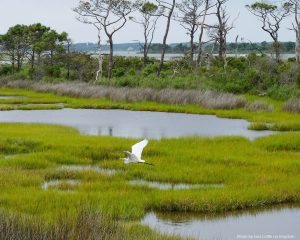
Students solve word problems and use packing peanuts to visualize how much CO2 is produced...
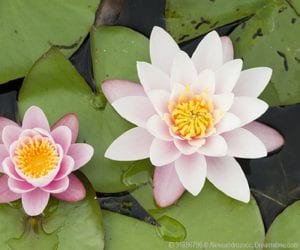
Students listen to a mathematical folktale and then solve word problems related to doubling. Students...
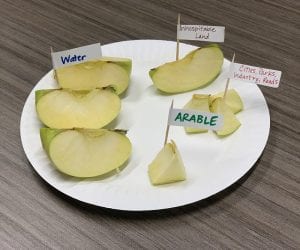
An apple is sliced into pieces to model the amount of agricultural land being used...

Students collect data on how much water they use in one night, then discuss indirect...
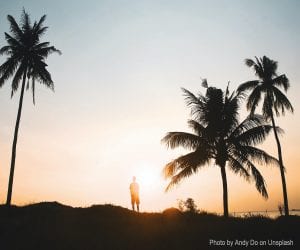
Students read (or listen to) the short story, From Island to Island, then create a play...
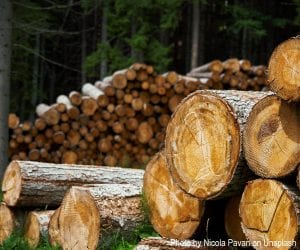
In this role-playing simulation, students discover what happens to a forest when the demand for...
Reading:
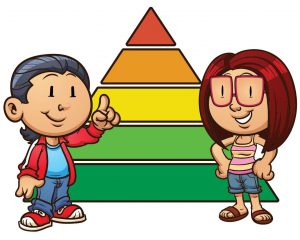
Elementary-level reading on people’s needs and wants, and how individuals and groups access the things...
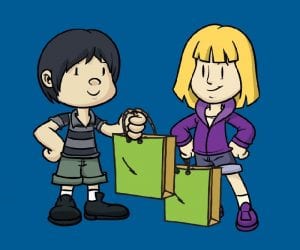
Elementary-level reading that addresses renewable and non-renewable resource use and impacts.
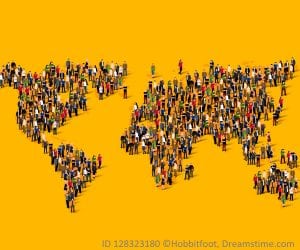
A reading for upper elementary grades that provides an age-appropriate overview of world population trends...
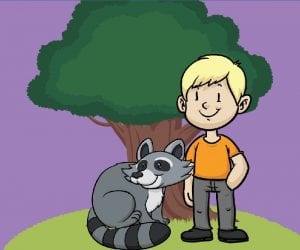
Elementary-level reading on wildlife habitats and biodiversity, and how we can help protect the balance...
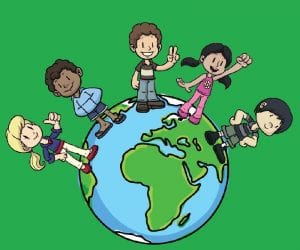
Elementary-level reading that discusses populations and the habitats that support them.
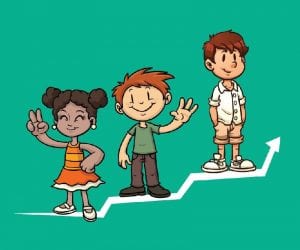
An elementary-level reading that discusses population growth trends for wildlife and people.
Lesson Packet:

Packet of 2025 Earth Day lesson plans for K - 5th grades is free to...
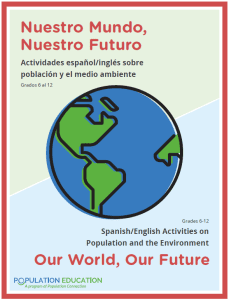
This is a Spanish/English lesson packet for K - 5th grade teachers. It is designed...
Curriculum:
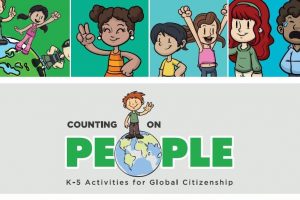
Fully online, elementary curriculum connects students to the world around them while building their math,...
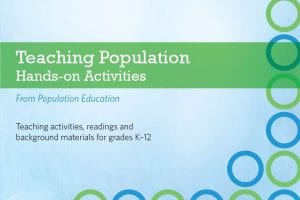
You've found the ultimate multi-disciplinary tool to introduce students of all ages to population studies...
Video:
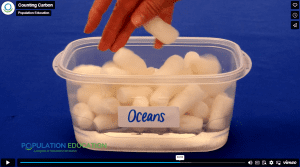
In this climate change lesson, students solve real-world word problems and use packing peanuts to...
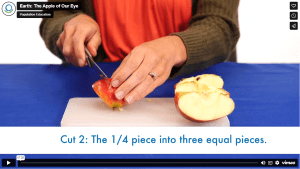
This impactful classroom activity uses a simple apple-cutting demonstration to visually represent the small portion...
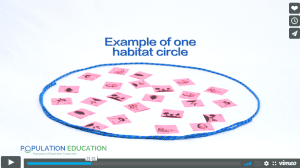
In this fun interactive activity, students role-play as plants or animals collecting vital habitat elements...
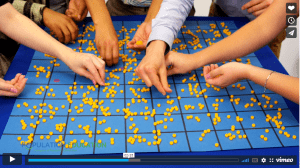
Students estimate population size by using math manipulatives on a grid models in this hands-on...
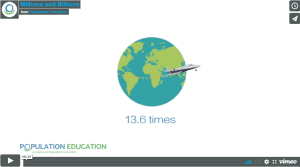
In this interactive math enrichment lesson, students develop a deeper understanding of large numbers by...
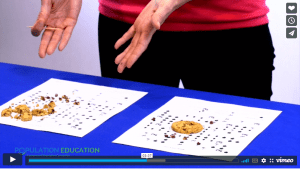
This engaging, hands-on STEM and earth science lesson introduces students to the connection between natural...
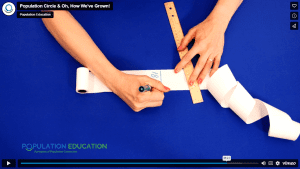
This engaging population growth activity helps students understand long-term human population trends. Through an interactive...
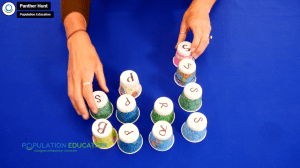
In this fun, game-like classroom activity, students take on the role of predatory animals competing...
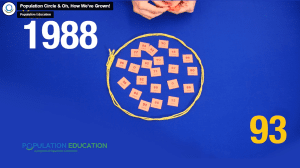
This engaging population growth simulation helps students experience the changing pace of Earth’s population growth...
Tool:
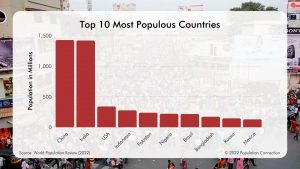
Bar graph shows the populations of the 10 most populous countries. The top 10 most...
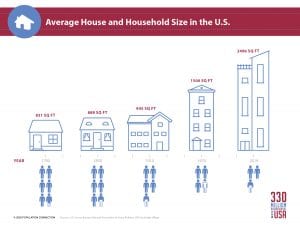
Infographic shows that the average size of houses in the United States has increased from...
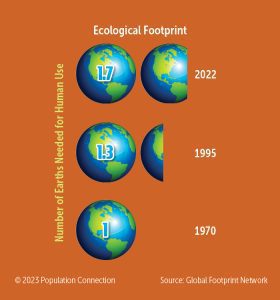
Infographic compares the number of Earths needed to provide for humans' current consumption over time....
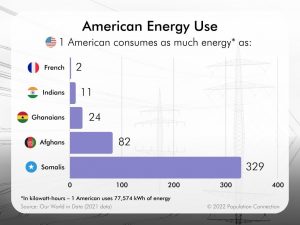
Infographics shows that 1 person in the U.S. consumes as much energy as 2 French,...
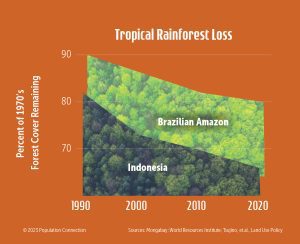
Line graphs of tropical rainforest loss. Graphs display forest loss in Indonesia and the Brazilian...
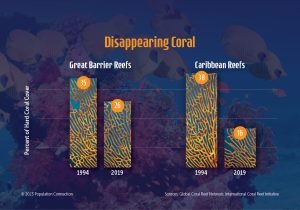
Graphs show the percentage of the Caribbean Reefs and Great Barrier Reefs over 25 years,...




